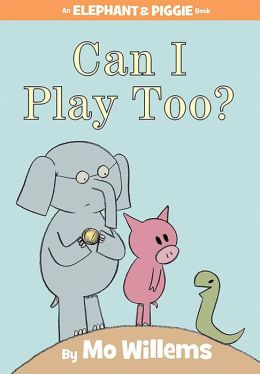This year I've been working on new Article Response sets to use as ongoing practice and homework with sixth graders. They have worked wonderfully all year and I'm thrilled to share them.
All of the response sets are set up in a similar pattern: cover sheet, summarizing prompt, response prompt, and text. Each also has a comprehension quiz.
At the start of the year, I planned to send these home as homework. As the year has progressed I've changed my thinking! We start class with ten minutes of independent reading followed by ten minutes of working on the texts and responses. Some days I do a mini-lesson about summarizing or writing a response, while on other days students partner read. A two-week span for each packet gives us enough time to have thoughtful conversations without feeling pressured to produce.
"Damon and Pythias" and "The Two Travelers"
The latest two sets have been focused on comparing narratives. I think that comparing texts is such a meaningful, authentic purpose for close reading. When kids read two texts and spontaneously offer comparisons, I know that good things are happening!
This text set pairs a retelling of "Damon and Pythias" with a version of the fable by Aesop "The Two Travelers". Both of these stories examine the meaning of loyalty and friendship, but in very different ways! For students dealing with sixth grade drama, the concept of loyalty is fascinating to discuss.
We acted out both stories in class. Acting out stories helps readers to grasp the action and better understand the events. When it came time to summarize "Damon and Pythias", students really were able to consider which events were important to the outcome of the story and which were not! The fable "The Two Travelers" teaches a lesson about friendship through a non-example, and raises an interesting question for students--did the bear in the story really talk?
"Damon and Pythias" is also the basis for the 2003 film Sinbad: Legend of the Seven Seas. If you are working on comparing texts, this is a great opportunity to compare a story to a film.
"The Elves and the Shoemaker" and "The Magical Cyber Elf"
This text set has been perfect for reviewing key content for standardized testing! I started with thinking about the classic fairy tale "The Elves and the Shoemaker". How could this story be translated for modern times? Because I am currently up to my ears in yearbook work the modern story "The Magical Cyber Elf" came to mind.
There have been so many great concepts to review with this text set. We used "The Elves and the Shoemaker" to review the parts of a plot diagram and talk about theme. Then, we used "The Magical Cyber Elf" to discuss point of view and how a shifting point of view can influence the unfolding of events in a story. We had some great conversations about how the themes of the two stories are very similar, even though the settings and conflicts differ.
If you try these text sets, let me know what your students think!














